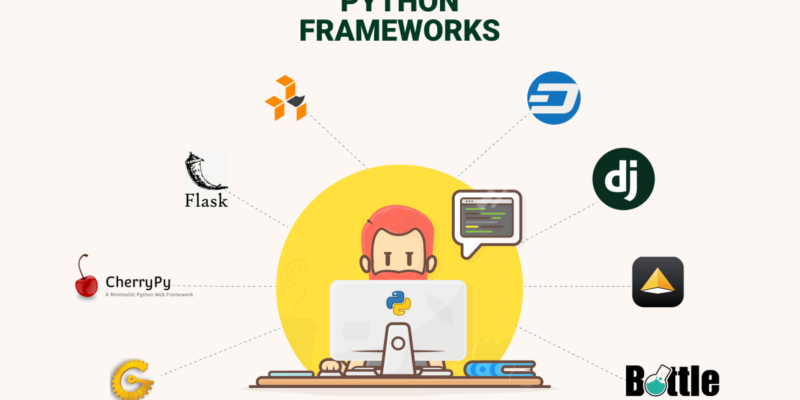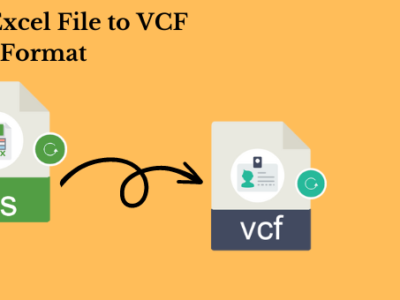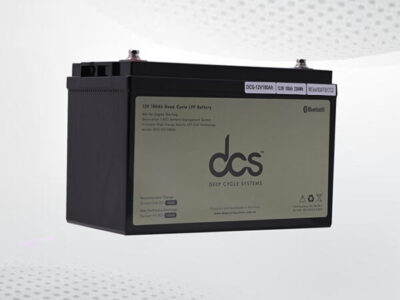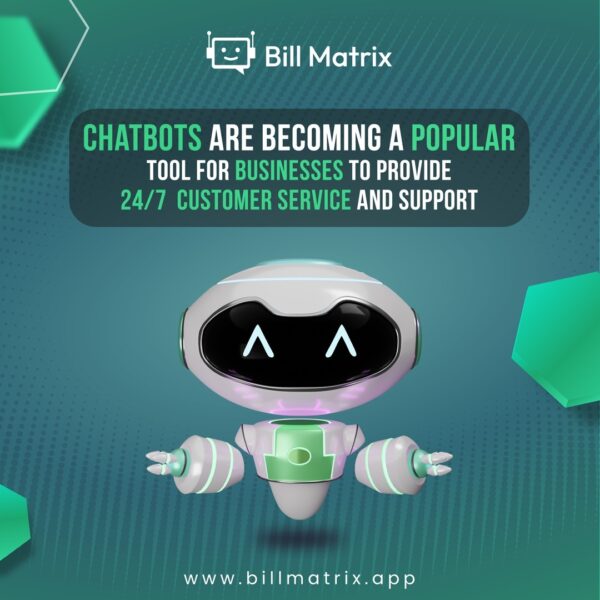
Python has a rich ecosystem of web frameworks catering to various needs and preferences. Here are seven of the top Python web frameworks along with their features, pros and cons, pricing (if applicable), and a comparison to aid in choosing the right one:
Top Python Frameworks
Django
- Features: Full-stack framework with built-in ORM, authentication, admin interface, and robust security features. Follows the “batteries-included” philosophy, emphasizing rapid development and scalability.
- Pros: Comprehensive feature set, extensive documentation, strong community support, built-in admin interface, excellent security features.
- Cons: Can be perceived as heavyweight for small projects, less flexibility compared to microframeworks.
- Pricing: Django is free and open-source.
- Comparison: Ideal for building large-scale, feature-rich web applications with minimal setup and configuration. Best suited for projects requiring a full-stack framework with built-in components and conventions. Check out Django vs Node.js comparison to find out more on this framework.
Flask
- Features: Lightweight microframework with minimal dependencies, allowing for greater flexibility and customization. Provides simple routing, template rendering, and extension support.
- Pros: Lightweight and easy to learn, highly flexible and extensible, extensive ecosystem of extensions, granular control over application structure.
- Cons: Less built-in functionality compared to full-stack frameworks like Django, may require additional extensions for certain features.
- Pricing: Flask is free and open-source.
- Comparison: Suitable for small to medium-sized projects, APIs, and prototypes, where flexibility and simplicity are prioritized. Best choice for developers seeking minimalism and the freedom to tailor the application structure to specific requirements.
FastAPI
- Features: Modern asynchronous web framework for building APIs with high performance and automatic validation. Based on Python type annotations for defining endpoints and input/output models.
- Pros: Blazing-fast performance, automatic API documentation generation, built-in validation and serialization, support for async/await syntax.
- Cons: Relatively new compared to established frameworks, limited support for building full-stack web applications.
- Pricing: FastAPI is free and open-source.
- Comparison: Ideal for developing high-performance APIs and microservices that require asynchronous processing. Best suited for projects where speed, scalability, and automatic API documentation are critical.
Pyramid
- Features: Flexible and minimalist web framework offering support for both small applications and large-scale projects. Provides comprehensive routing, templating, and authentication capabilities while allowing developers to choose their preferred components.
- Pros: Highly configurable and extensible, suitable for projects of any size, comprehensive documentation, strong community support.
- Cons: Initial setup may require more effort compared to opinionated frameworks, fewer built-in features compared to Django.
- Pricing: Pyramid is free and open-source.
- Comparison: Suitable for developers seeking flexibility and control over application architecture. Best choice for projects requiring a balance between simplicity and scalability, with the ability to customize components based on specific requirements.
Tornado
- Features: Asynchronous networking library and web framework optimized for handling high concurrency. Offers support for non-blocking I/O, making it well-suited for real-time applications and long-lived connections.
- Pros: High performance, built-in support for WebSockets and server-sent events, scalable architecture for handling large numbers of simultaneous connections.
- Cons: Steeper learning curve for developers unfamiliar with asynchronous programming, less support for traditional synchronous request handling.
- Pricing: Tornado is free and open-source.
- Comparison: Ideal for building real-time web applications, chat applications, and APIs requiring high concurrency and long-lived connections. Best suited for projects where performance and scalability are top priorities.
Bottle
- Features: Lightweight microframework designed for building small web applications and APIs with minimal overhead. Provides simple routing, templating, and built-in HTTP server.
- Pros: Extremely lightweight and easy to deploy, single-file framework with no external dependencies, minimalistic design.
- Cons: Limited built-in features compared to larger frameworks, may not be suitable for complex or large-scale applications.
- Pricing: Bottle is free and open-source.
- Comparison: Suitable for small projects, prototyping, and lightweight APIs where simplicity and minimalism are paramount. Best choice for developers seeking a lightweight framework with minimal setup and configuration.
CherryPy
- Features: Minimalist web framework offering a flexible and object-oriented approach to web development. Provides a built-in web server and support for HTTP/1.1, sessions, cookies, and static file serving.
- Pros: Lightweight and easy to use, pure Python implementation with no external dependencies, object-oriented design.
- Cons: Limited built-in functionality compared to more feature-rich frameworks, smaller community compared to popular frameworks like Django and Flask.
- Pricing: CherryPy is free and open-source.
- Comparison: Suitable for developers seeking a lightweight and versatile framework for building small to medium-sized web applications. Best choice for projects where simplicity, flexibility, and minimalism are valued over built-in features and conventions.
Which one is the best for you?
- Django is recommended for large-scale projects requiring a full-stack framework with built-in components and conventions.
- Flask and Pyramid are suitable for projects where flexibility and control over application structure are prioritized.
- FastAPI is ideal for developing high-performance APIs and microservices requiring asynchronous processing.
- Tornado is best suited for real-time web applications and APIs requiring high concurrency and long-lived connections.
- Bottle and CherryPy are preferred for small projects, prototyping, and lightweight APIs where simplicity and minimalism are key.
Ultimately, the choice of framework depends on project requirements, developer preferences, and the specific needs of the application being developed. Consider factors such as scalability, performance, flexibility, and community support when selecting the most suitable framework for your project.
Visit our homepage to learn more about latest in tech.
What's your reaction?
Excited
0 Happy
0 In Love
0 Not Sure
0 Silly
0










